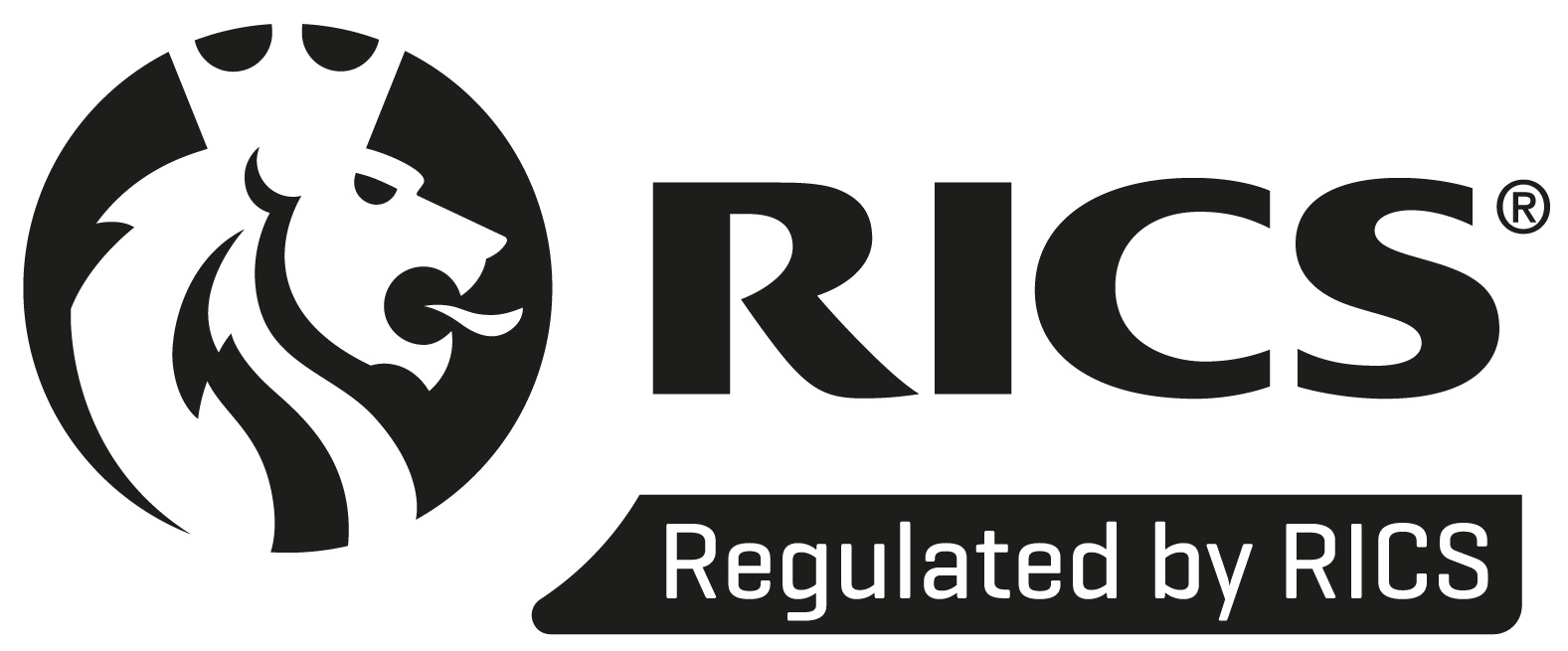Levelling up a Connected North: what does this mean for telecoms?
Insight shared by:
Article by
The Gateley Hamer Team recognise the critical importance of the Government’s strategic approach to levelling up in the North and the importance of a ‘Digitally Connected Britain’ as contained in its White Paper Document.
We are delighted and excited to be able to support the achievement of this goal through our various client engagements and partnerships where we provide aligned delivery expertise in a number of key functional and strategic areas.
What does levelling up mean for telecoms and what are the benefits?
The Government’s objectives of levelling up the North are clear in terms of the desired and necessary economic, social, technological and community benefits that are anticipated to be achieved through its effective implementation and delivery.
The same applies to levelling up digital connectivity across the UK, both mobile and fixed. If an economic and social level playing field in the UK is the desired strategic outcome (and that is not an impossible ask), then digital connectivity is a critical success factor in helping achieve that.
From a telecoms perspective, there is clear and growing evidence that robust digital connectivity is of ever critical importance (to both businesses and individuals) as a key and necessary utility – just as important as water, gas and electricity. It is no longer a ‘nice to have’ but a ‘must have’.
Digital connectivity drives both economic growth and social inclusion benefits across all sectors. For example:
- in manufacturing plants with high volume and complex processes;
- transport safety and environment management improvements in cities;
- healthcare monitoring and care improvements to support the vulnerable; and
- improved social inclusion in education during Covid isolation periods.
There is growing evidence to support direct correlation between effective mobile connectivity and commercial and public tenant occupancy satisfaction. It is perhaps not unreasonable therefore to draw further correlation between improved tenant satisfaction (current and new) and positive commercial or social benefits.
It seems fair to say that the continued investment and innovation into 5G and private networks are producing exciting opportunities where public and private end users can enjoy numerous ever-increasing benefits.
How can we achieve this level of digital connectivity?
Whilst the Government’s White Paper clearly sets out its strategic intent – this is clearly not enough to make it happen on its own.
To make this desired strategy actualised and ultimately successful then there needs to be committed, sustained and effective cross-functional and cross-stakeholder level support and engagement.
This will need to be across all relevant parties both public and private, operator and professional services providers at a national and local level.
For example, town and country planning approval remains a key dependency. A pragmatic and consistent interpretation and application of new and current planning policy and decisions – with transparency and engagement from all parties – remains a critical success factor.
Landlords and operators (and their representatives) embracing the sentiments of the new Electronic Communications Code and its emerging valuation principles and establishing collaborative engagement and accelerated delivery via standardised documents and commercial consistency can also prove significantly positive.
There have been some very good recent examples of where this has worked well (e.g. through our recent engagement with WM5G, Wolverhampton and Dudley) and open collaboration with some Local Authorities and other enabling bodies (e.g. Glasgow City Council and Scottish Futures Trust) who have embraced and championed the benefits of digital connectivity. This has undoubtedly helped establish a much more effective delivery route and a win-win approach whereby the desired connectivity benefits are available to those that need them more quickly, which must surely be a good thing.
A key enabler is also about having effective and open dialogue as early as possible in a development scheme appraisal. It is much more commercially viable to incorporate digital connectivity schemes into an outline design proposal than to add post-build completion – this is where rounded connected thinking needs to happen more. Digital connectivity is not a disabler to effective development but an enabler. Straight talking, collaborative and open dialogue are essential to this – and something that Gateley Hamer do very well.
How Gateley Hamer can support digital connectivity
Gateley Hamer are delighted to play a key part in supporting and delivering digital connectivity benefits to the North through our in-house telecoms front-end acquisition and planning teams and our estate management services. We work closely and collaboratively with our clients and delivery partners, as well as the wider Gateley Group.
Our work on levelling up also extends beyond just digital connectivity. The compulsory purchase and compensation team are actively advising local authorities on how levelling up funds can be used to acquire strategic regeneration sites within town and city centres and how, ultimately, the use of compulsory purchase powers can be utilised to reduce the risk of both timescales and costs of land acquisition. Digital connectivity will be critical to every regeneration project being considered by the compulsory purchase team and working together with the telecoms team and other Gateley services, Gateley Hamer are able to offer a unique, comprehensive service.
Gateley Hamer is regulated by RICS (Royal Institution of Chartered Surveyors)







